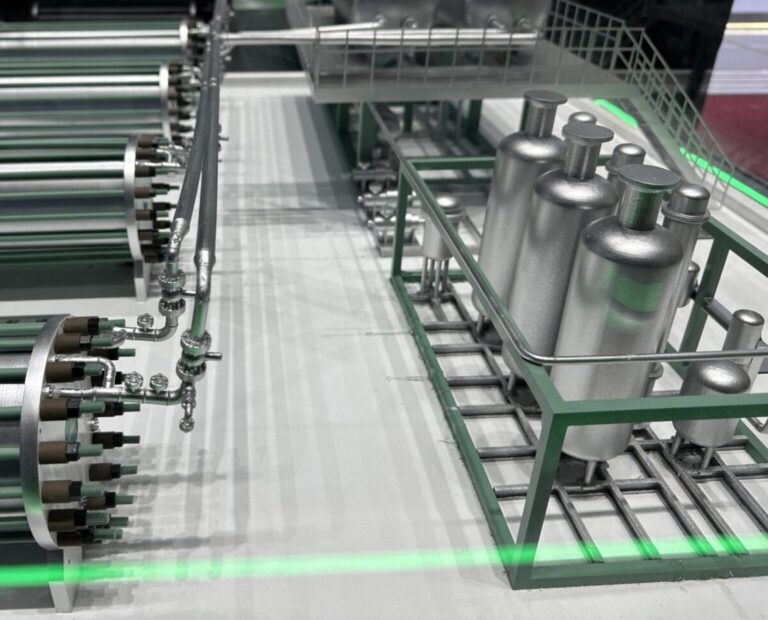An international study led by Flinders University in Australia has advanced nanoscale chemistry to further develop the sustainable and efficient generation of hydrogen from water using solar energy.
An international research team has discovered a new class of kinetically stable ‘core and shell Sn(II) perovskite’ oxide solar material, which could in the future be a potential catalyst for the critical oxygen evolution reaction in producing pollution-free hydrogen energy.
Combined with a water splitting catalyst developed by US-based Baylor University Department of Chemistry and Biochemistry Professor Paul Maggard, the research paves the way to carbon-free green hydrogen technologies that use non-greenhouse gas emitting forms of energy with high performance, affordable electrolysis.
The results of the research have been published in the peer-reviewed American Chemical Society (ACS) Journal of Physical Chemistry C.
The new paper includes input from experts from Flinders University and University of Adelaide, including co-author Professor of Chemistry Greg Metha, who is also involved in investigating the photocatalytic activity of metal clusters on oxide surfaces in reactor technologies, and Universität Münster in Germany.
Flinders University College of Science and Engineering Institute for Nanoscale Science and Technology Professor Gunther Andersson said the latest study is an important step forward in understanding how tin compounds can be stabilized and effective in water.
Baylor University chemistry and biochemistry professor Paul Maggard said the reported material points to a new chemical strategy for absorbing the broad energy range of sunlight and using it to drive fuel-producing reactions at its surfaces.
The research outlines how the use of tin and oxygen compounds is already being used in a variety of applications including catalysis, diagnostic imaging and therapeutic medicine, however, Sn(II) compounds are said to be reactive with water and dioxygen, which limits their technological can limit options. applications.
Global solar photovoltaic research focuses on the development of cost-effective, high performance perovskite generation systems as an alternative to conventional existing silicon and other panels.
Low-emission hydrogen can be produced from water through electrolysis (when an electric current splits water into hydrogen and oxygen) or thermochemical water splitting, a process that can also be powered by concentrated solar energy or waste heat from nuclear reactors.
Solar-powered processes use light as a means of hydrogen production and are a potential alternative to industrial-scale hydrogen generation.
This content is copyrighted and may not be reused. If you would like to collaborate with us and reuse some of our content, please contact: editors@pv-magazine.com.


